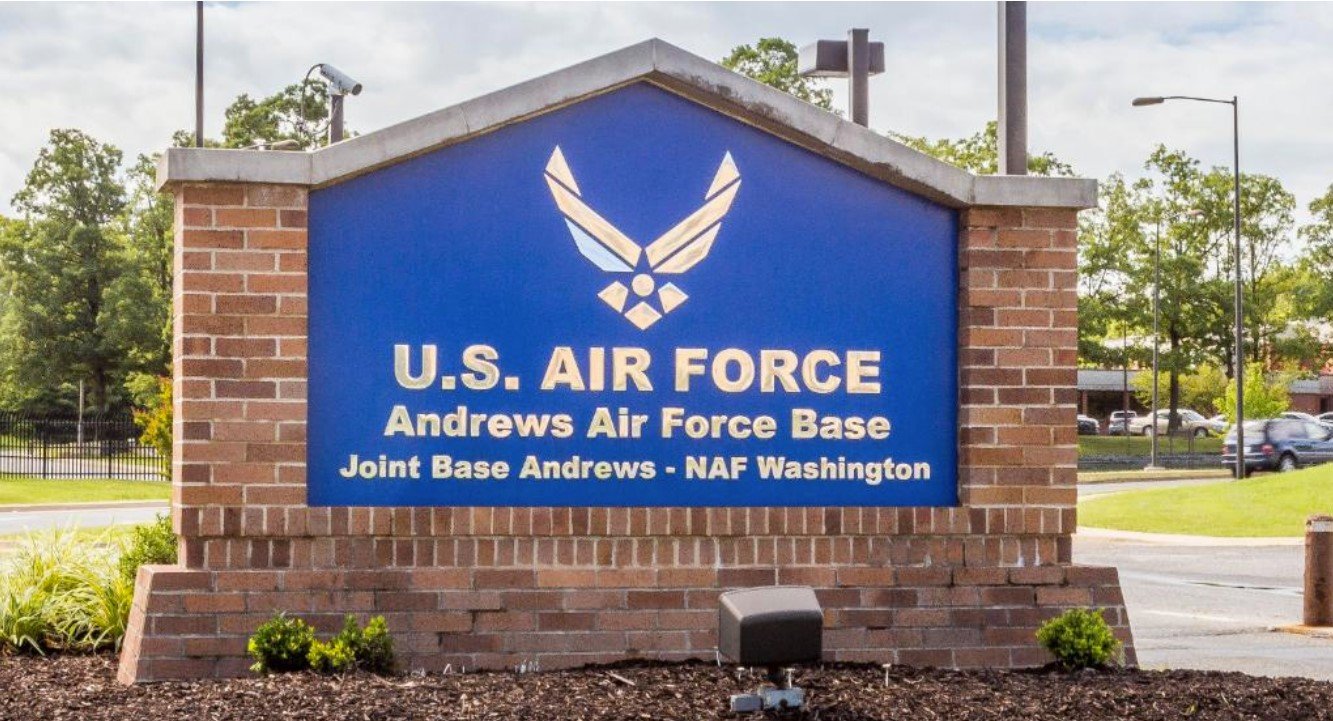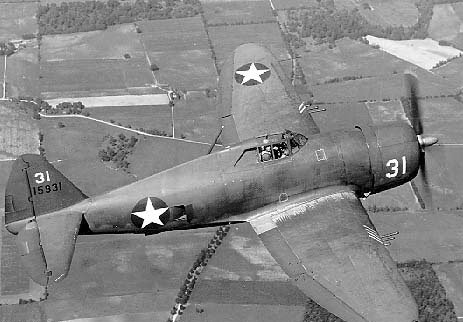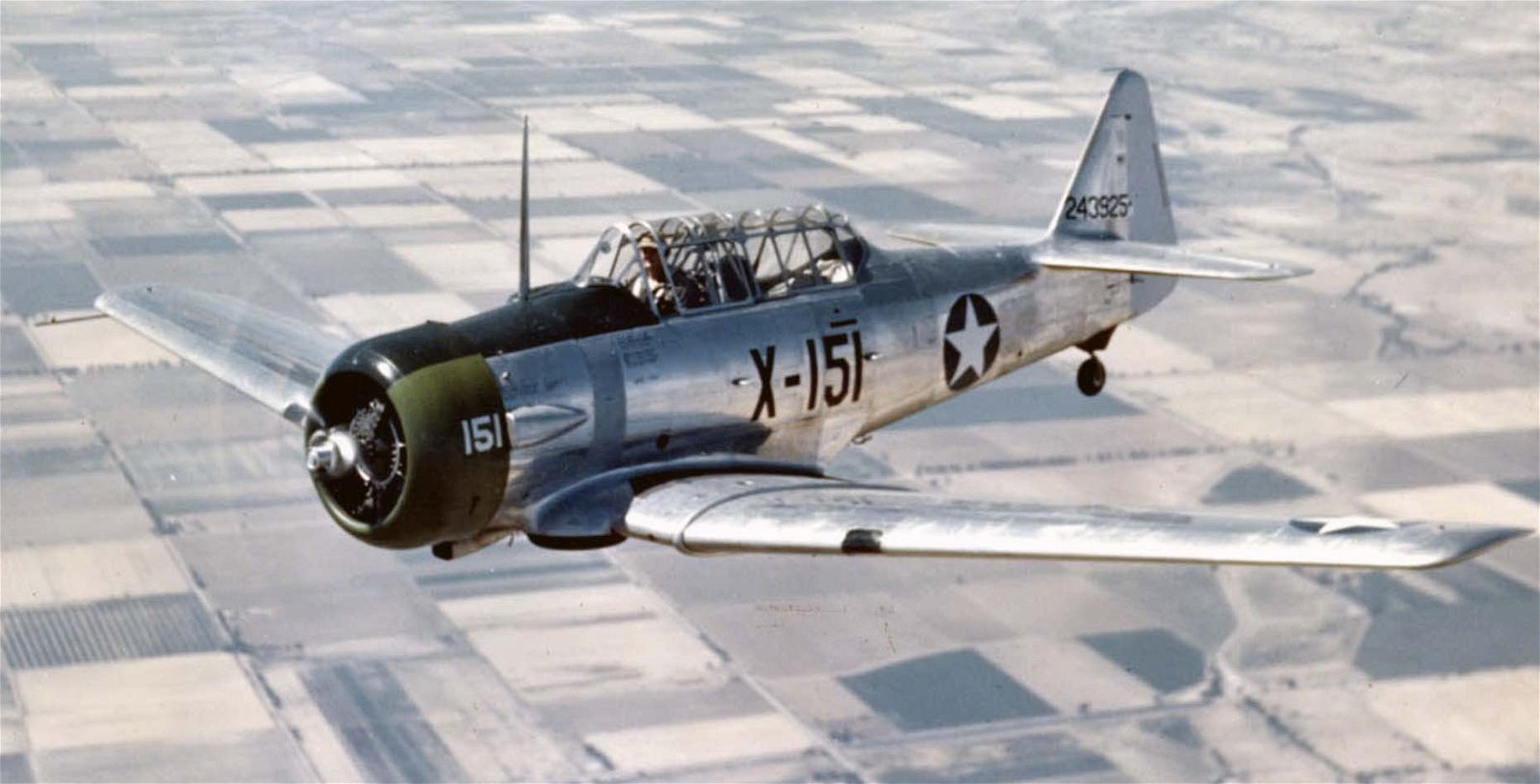When it comes to the subject of UFOs observed over Washington, DC, most aficionados of the topic will knowingly nod and assume you’re talking about the July 1952 event that has been the subject of numerous books and documentaries. If you bring up the “Tic Tac” UFO, everyone immediately thinks of the 2004 encounter involving fighter pilots with the USS Nimitz. But what far fewer people are aware of is that there was a UFO event in the shadows of America’s capital earlier than both of those events, and it may have also featured a bizarre craft resembling a Tic Tac.
The event in question is noteworthy for several reasons, and the tale is gripping. Not only are the details of the encounter well documented, but the records are located in the United States National Archives. Further, rather than some anonymous sightings recorded by the local police, there were multiple military witnesses whose reputations were found to be above reproach. And it was all set down under Project Sign and recorded in the files of Operation Blue Book as Incident 207.
The encounter took place in the skies over Andrews Air Force Base in Maryland on November 18, 1948, at approximately 9:45 pm. One or two military aircraft (the confusion will be explained below) were approaching Andrews when they ran into something that none of the pilots recognized flying along with them. Witnesses variously described the object as an “oblong ball” or “oval.” That may or may not be an exact match for a Tic Tac, but it’s quite close (and that brand of candy did not exist in the 1940s anyway). Multiple witnesses both on the ground and in the T-6 aircraft reported that it had “no wings or tail surfaces” and it projected some sort of white beam of light at times. One T-6 pilot attempted to close with it, at which point it exhibited “extreme maneuverability.” The encounter would continue for between fifteen and eighteen minutes, circling over Andrews Air Force Base. And the performance of the object was unlike anything the pilots had seen previously.


THE KEY PLAYERS
At this point, we should look at the identities of the witnesses and the testimony they offered regarding the encounter. The first was Staff Sergeant John Kushner, a crew chief who was on the ground, standing watch on the airfield. He told investigators that “It did not look like an aircraft.” He said it “made a sound similar to a P-47, only twice as loud.”
Three pilots were in the air and involved in the encounter. The first was 2nd Lt. Henry Combs, piloting a T-6 Texan. Combs described the object as displaying “evasive, controlled tactics and ability to perform tight circles.” He also said it was able to execute “vertical ascents.” The other pilot in the T-6 was 2nd Lt. Kenwood Jackson. He told investigators that the Object “could climb vertically, then would drop behind” their plane and continue to circle the field. He reported that after the encounter ended, the object climbed out of sight to the northeast. The speed of the object varied from 80 mph while circling to more than 500 mph when it finally departed the area. The testimony of those two pilots was also corroborated by the third pilot, 2nd Lt. Glen L. Stalker, USAFR.
One investigator at Air Material Command, Wright-Patterson suggested the object might have been a synoptic weather balloon. They proposed that it would be “an interesting experiment” to have a plane engage a balloon in controlled circumstances to see if it might mimic “evasive maneuvers.” But another investigator entered a simple, single-sentence statement on the next page: “Definitely not a weather balloon.”
Looking at the descriptions of the object’s performance further diminishes the idea that this was just some random balloon in the night sky. As suggested above, Lt. Combs attempted to close on the object and briefly hit it with his aircraft’s landing lights. Lt. Jackson described it as giving off “a dull glow.” When Combs again tried to close on it, the object went into a downward spiraling maneuver and the pilots said that it was able to execute tighter turns than their plane. When Combs did manage to get behind it, Jackson described it as executing a “vertical ascent” before slowing and dropping back down behind them again. That’s an awfully impressive performance to attribute to a balloon.


EXTRAORDINARY MANEUVERS AND ERRORS IN THE RECORD
Investigators with Project Sign questioned whether the pilots involved in the sighting were in the same plane or two planes. They concluded with a presumption that they were in the same plane. But the question suggests a lack of thorough research. The two primary pilots were Combs and Jackson. But their testimony was corroborated by the third pilot, Glen Stalker. This is important because all of the T-6 Texan planes in production at that time were two-seater aircraft with no room for a third passenger. And how would Lt. Stalker corroborate the reports without also being airborne and involved in the event? Keep in mind that Sgt. Kushner was unable to confirm many details of the “evasive tactics” on display because it was nearly 10 pm and he was observing from the ground. It seems far more likely that two planes were involved.
It’s worth noting that Sgt. Kushner claimed that as the plane (or planes) and “object” were approaching, he heard a sound that was “twice as loud as a P-47, but similar in sound.” The Republic P-47 Thunderbolt was ubiquitous in America’s airborne arsenal all through World War 2 and beyond, frequently assigned to National Guard and Air Force Reserve units during the period in question. (The group of witnesses at Andrews that night were part of a Reserve unit.) It was a single-seat fighter. The powerplant of the P-47 was a massive 8-cylinder, 2,600-horsepower Pratt & Whitney R-2800 Double Wasp engine that could power the fighter up to 40,000 feet. And that engine was loud. Far louder than the more modest T-6. So rather than the sound Kushner reported coming from the “oval” object, might he have been hearing the sound of Lt. Glen Stalker flying solo in a P-47? This scenario would allow for three pilots to be in the air and account for the sound that was reported.
It’s not hard to understand how this incident may have been alarming to the United States military and why they would have poured significant time and energy into investigating it. Andrews Air Force Base is technically in Maryland, but it’s right on the border, barely five miles from the Capitol Building. In fact, the home addresses listed for all three of the pilots involved were in Washington, DC. While they were circling, the object had to have come fairly close to the heart of America’s government. When the object departed after those maneuvers, it was heading to the northeast (“toward the ocean,” as Combs put it), so it probably didn’t fly directly over the White House on the way out. But it wasn’t very far away, either.
So what was it? The readers are left to judge for themselves. But to echo the conclusions of at least one of the Blue Book investigators… that was no balloon.
This article has been updated to correct an error in a previous version that identified Glen L. Stalker as “Glen E. Stalker.”
Follow Jazz Shaw on Twitter: @JazzShaw.

